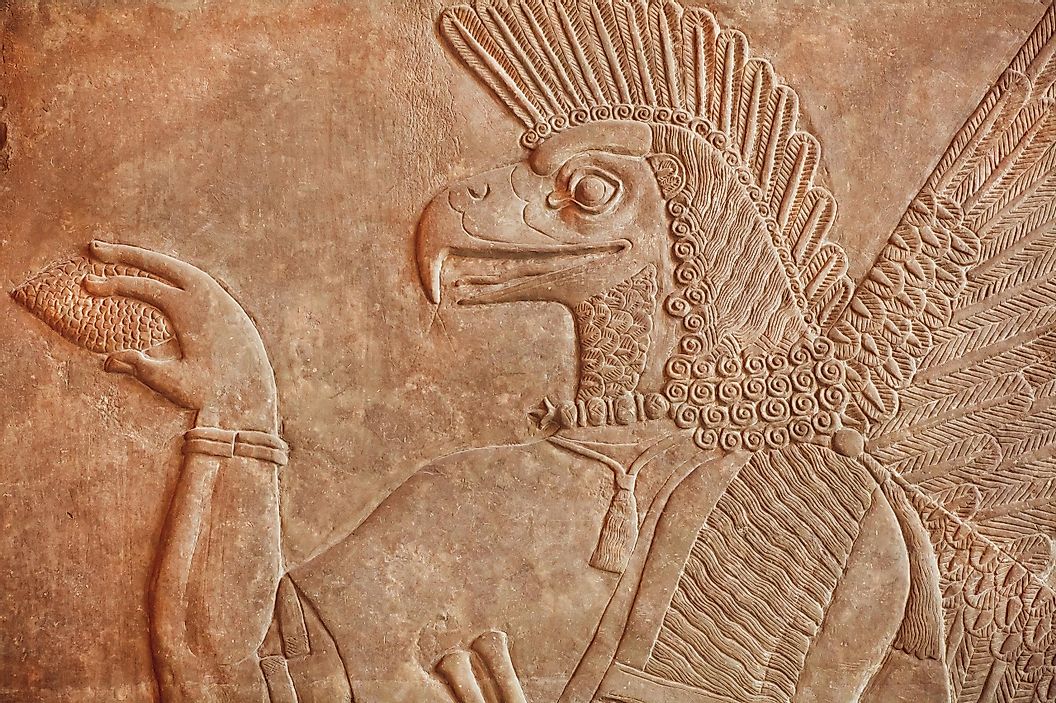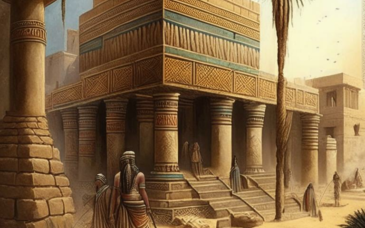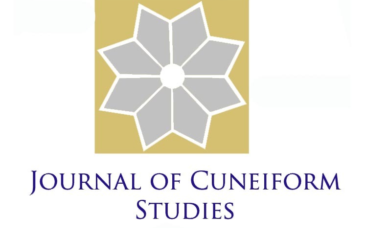Religion and Culture

The Assyrian religion was heavily influenced by that of its Mesopotamian predecessors—mainly the Sumerian culture. The chief god of the Assyrians was Ashur, from whom both their culture and capital derive their names. Their temples were large ziggurats built of mud bricks, like those of their neighbors to the south.
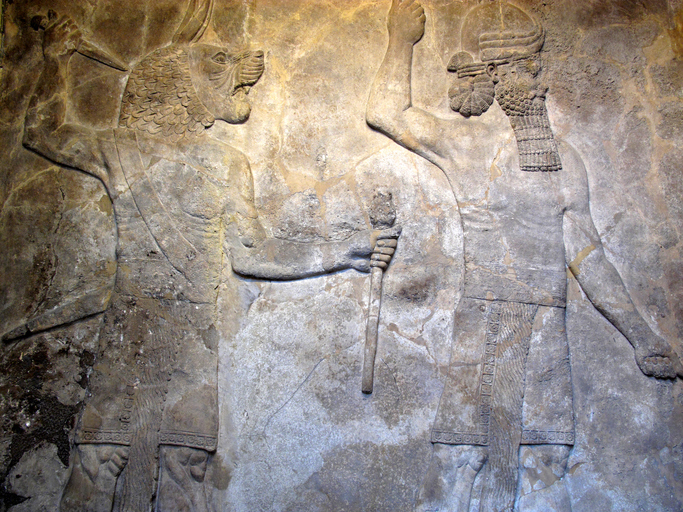
The principal activity of the rich was hunting from chariots—a pastime appropriate for such a warlike culture. Despite their fearsome reputation, the Assyrians embraced civilization. They wrote using cuneiform and decorated their cities liberally with reliefs, painted stonework, and sculpture.
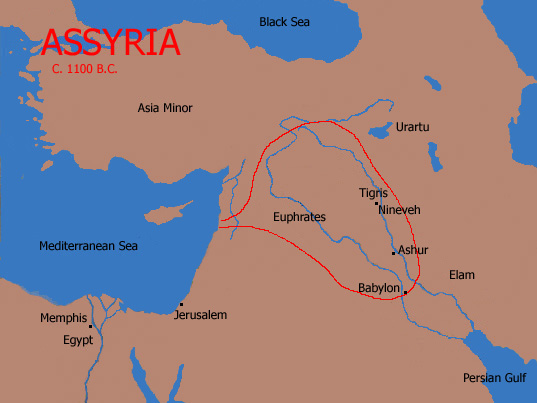
Description
Modern day Assyrians are descendants of one of the world’s most ancient civilizations, which has traditionally occupied parts of northern Mesopotamia (referred to as the area of Ancient Assyria). This ancestral Assyrian homeland spanned across the northern parts of modern-day Iraq, northwestern Iran, northeastern parts of Syria, and southeastern Turkey. The Assyrian empire thrived between 900 and 600 BC, with Nineveh being one of the most historically important, and flourishing, capitals of this empire. The Assyrians speak a language that could be referred to as a modern version of a blend of Mesopotamian Aramaic and Akkadian, both of which served as the official languages of the Assyrian empire. Presently, a good deal of the Assyrian ethnic population does not continue to live within their traditional homeland, with many of them having migrated to North America, Western Europe, and Australia for permanent settlement abroad.
Architecture
In ancient times, the Assyrian Empire was a powerful and influential one, which is quite evident in the existing examples of Assyrian art and architecture that can still be found today. With the use of iron tools, the Assyrians built massive palaces constructed from mud-based bricks. Each new king of the empire displayed his power through his palaces, and tried to build larger or newer palaces than those before to prove his worth. The use of orthostats, or stone slabs, to stabilize the base walls, was a unique feature of Assyrian architecture. Dazzling colourings and decorations were used to augment the aura of these structures as well. The palace at Khorsabad, built by the ancient Assyrian ruler Sargon II between 717 and 706 BC, was an excellent example of Assyrian architecture. It featured repeated motifs, represent by arches, mythical animal figures, and gigantic engraved readings upon the walls.
Cuisine
Assyrians have their own delectable cuisine, which is primarily based on rice, meats, tomato, and potato. Boushala is one of the staple Assyrian recipes, which is a soup comprising of rice and yogurt, with possible additions of different combinations of herbs and vegetables. Rezza Smooqah is another rice dish prepared with chicken or meat, and is often accompanied with shirwah, a stew with a tomato base. Thlokheh (lentil curry), kofta (ground meat balls in a delicious stew), tashreep (chick pea and lamb meat soup), and shamakhshi (eggplant fried and rolled with cooked beef in tomato paste inside), are only a few of the examples of the sumptuous Assyrian cuisine. Tea is a favourite beverage of most people, and is usually consumed with sugar and evaporated milk. During Lent, a religious observance day for Assyrian Christians, meat and dairy products are usually avoided.
Cultural Significance
The cultural practices of Assyrians is often governed by their religion, Christianity, as opposed to the Islamic dominance of the areas in and around their traditional homeland. There are very few records of the contributions of this civilization towards the global knowledge base, which could be due to the destruction of evidence at the hands of violent vandals and art thieves across the ancient Assyrian homeland. However, it is also true that the ancient Assyrians were predominantly a heavily militarized group, famous for their warlike attitude directed towards the growth of their ancient empire. Some examples of Assyrian festivals and significant days include Kha B’Nisan (New Year), Som Baoutha (Nineveh Feast), Premta d’Simele (Martyr’s Day) and Somikka (Holy Halloween). Assyrian weddings in the ancient world used to be a week-long affair, heavily laden with numerous rituals and ceremonies. One such ritual involved a neighborhood's women gifting the bride a blanket that they had sewn together with their own hands. Dances by the younger women and songs by the older, together with sweets and food, often complete the matrimonial jamborees.
Threats
The greatest threat to the Assyrian culture was probably levied by the Ottoman troops in the early 20th Century, just after the end of the First World War. This resulted in what is now infamously known as the Assyrian Genocide. Around 750,000 of their people were killed during this time, dwindling their population to extremely low numbers. However, the violence against these people did not stop, and in fact has continued to the present day. The persecution has forced many modern Assyrians to flee their homeland and take refuge elsewhere. Recent news is filled with reports of Assyrians in Syria under repeated attacks by Islamic extremist groups, which are wreaking havoc on the lives of those Christian Assyrians still choosing to live in their native homeland.
